I Played the AI Version of ‘Quake II,’ and Here's How It Went
It's like playing a video game in a dream.

AI tools are suddenly everywhere, and you've probably tried out using an AI program to generate text and images, or perhaps even audio and video. But AI isn't just coming for media you passively experience: Companies are also using interactive entertainment, including video games.
We've seen examples of this over the past year or so. Google's Genie model, for example, aims to generate playable video game environments from user prompts. Earlier this year, Microsoft unveiled a similar AI model, called Muse, and that model's first mainstream experience is now here: The company is offering an experimental version of Quake II, a game originally released in 1997, that is powered by AI.
I've now played the AI version of Quake, and it's...bizarre, to say the least. It feels like playing a video game in a dream. Not because it's good, but because it's everything about it feels unstable and ephemeral. Other than the purely for the novelty, I'm really not sure why this thing exists.
What it's like to play AI Quake
When you first load up the "Copilot Gaming Experience," you agree to a popup warning you the game is rated M and that you are indeed 18 years or older—even though M-rated games are supposed to be 17 and up. Consider this your first warning that something is off.
The game loads in a small window in the center of the screen. Immediately, you can tell it's not quite right. Sure, it's recognizably a video game: It's from a first-person perspective, with an animated hand holding a pistol in the bottom-right. You have a health bar, an ammo counter, and a weapon indicator. You can recognize that you are in a room, with clearly-defined (yet blocky) features. However, something about the entire experience just feels wrong, and the effect worsens as soon as you press a button.

There is what feels like a full second delay between you pressing a key on your keyboard and the action taking place on-screen. Lag would be one thing, but that isn't the end of it: When you do move, the environment shifts ever so slightly, like nothing around you is actually stable. For example, there are no enemies when you first start, but they may appears as you move around a room. They don't spawn with any kind of animation or care—you move a frame, and all of a sudden, an enemy is forged. (More on that instability in a moment.)
The game plays a bit like SuperHot, in that when you stop moving, nothing happens. Enemies don't attack, and in fact just freeze up entirely. It's only when you take an action that you'll notice things change on the screen: A monster may move, shape-shift (due to the AI, not a Quake gameplay mechanic) or attack, or perhaps the room itself will change entirely. You can look at the floor, spin around in a circle two or three times, then look up, and find yourself in another corner of the map.
The game does try to stay consistent. You always start in the same room, and if you're lucky, you'll be able to maintain the integrity of the map as you run between areas—hopefully without being shot at by a newly-generated blurry enemy. But as you move and look around, you can almost feel the ground shifting beneath you, as if the game world could shape into something else at a moments notice. This, really, is what gives it the feeling of being in a dream.
Things fall apart
Sometimes, you run into a room and encounter an enemy, firing away. But if you run past it, then turn around, it'll be gone. You don't even need it to exit your field of vision: By just strafing from left to right to "dodge" its attacks, I watched one enemy "fall apart" onto the floor, as if I was using the moving ground to erase the monster.
You don't have the same problem, as it's impossible to die. When you are attacked, your health counter appears to track downwards at a reasonable rate. However, you'll notice the numbers start to bounce around at random. Even if your health hits zero, your character won't collapse, nor will you get a "Game Over" screen. The counter will simply bounce around single digits as you take damage forever, or until you kill the monster (or let the AI decide it's time to disappear the character entirely).
Game-breaking bugs
The game can simply break on a moment's notice. On one run, I was about to enter hallway, decided to do a 360-scan of the room before I did, and when I made it all the way around, the hallway had turned into an elevator. When I walked up to the elevator button, I triggered a loading screen that never finished loading.
Another time, I looked down, spun around, and looked back up to find myself in another room entirely. As I stepped around, I was suddenly losing health, but there was no attacker in sight—at least, not one I could see. Just as I was about to fire around the room at random, the game paused and never came back to, similar to the event in the elevator. If the game doesn't freeze on its own, the site will time you out, forcing you to start a new game if you want to continue playing.

Should video games be fun?
The game is powered by Microsoft's WHAM model, which the company says was trained on human gameplay data to guess what should be displayed frame-by-frame, as well as what the player might control next. In its research paper, Microsoft enthusiastically explains what's so great about an AI model that can generate video game environments.
I'm not so sure I agree. For one, this Quake experience isn't fun. There's no objective or challenge, other than to see how long you can go without breaking the experience. You can kill enemies, sure, but they can't kill you. In fact, the AI generation may get to the enemy before they can get to you, if you simply move the wrong way.
With time, I'm sure Microsoft will present a more polished version of this experience. Perhaps there will be more consistency as you move around the map; perhaps enemies will actually stand their ground, and be capable of ending your game. But even if we get to the point where AI spits out an entirely playable experience, why would we want that? Who wants to effectively click a randomizer button and play whatever amalgamation of real video games the computer program concocts for us?
That's not to say there aren't potential, practical uses for AI in game development—but we should be looking at those as tools to add to a game developer's workflow, and not something that makes that developer obsolete. If this is the current state of AI-generated video games, however, flesh and blood game probably developers aren't going anywhere anytime soon.































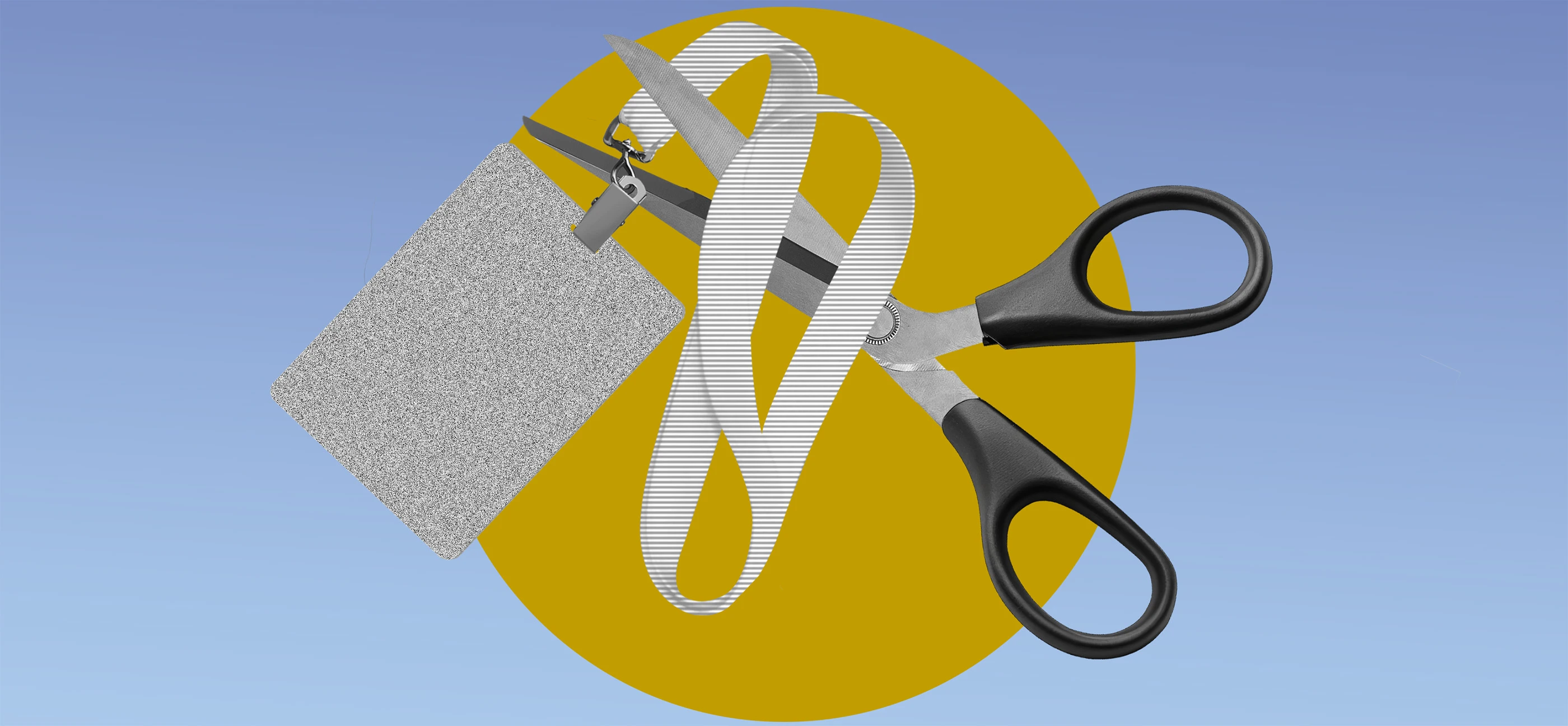


























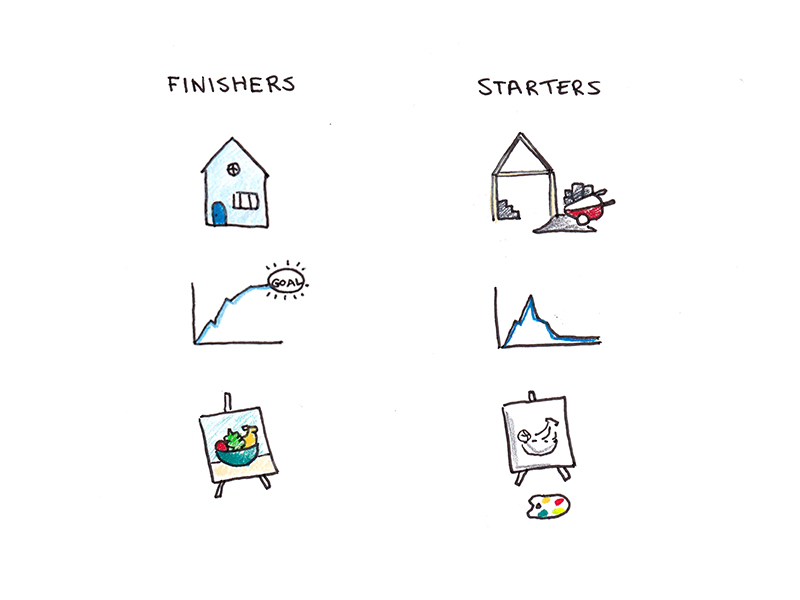
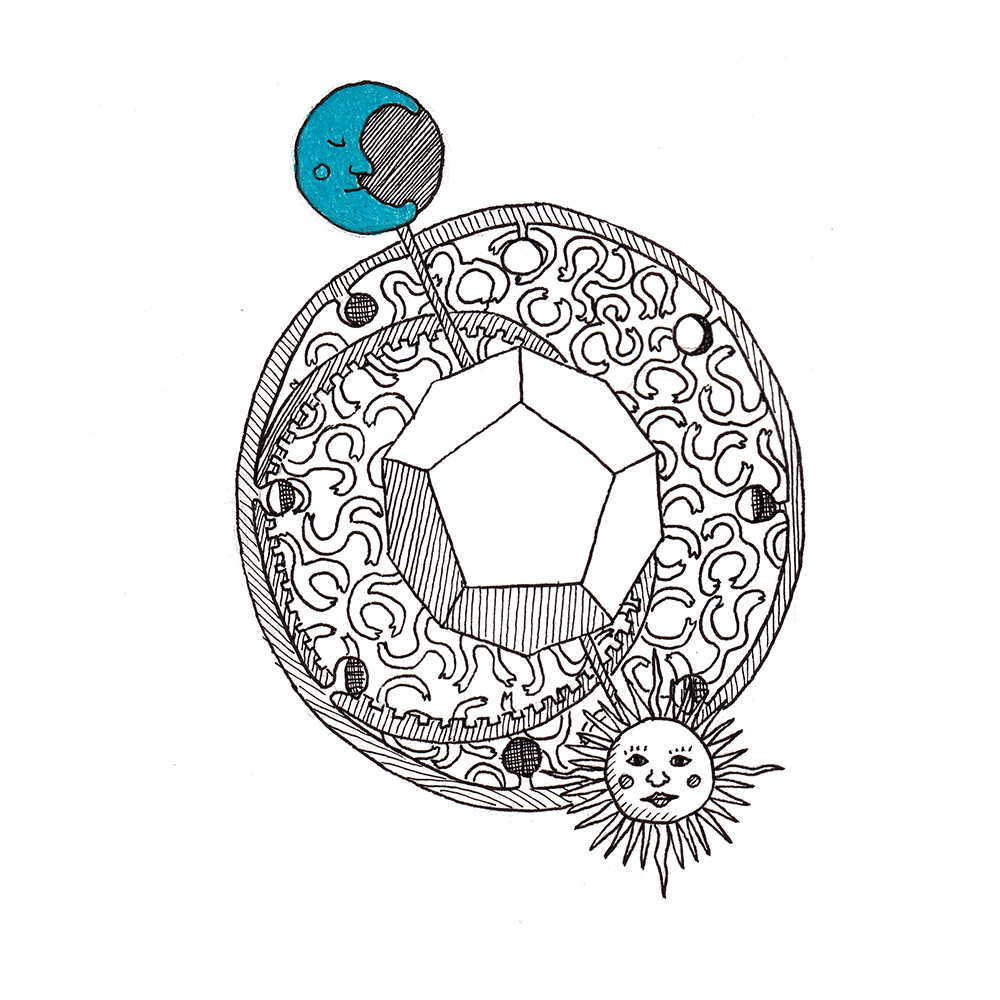


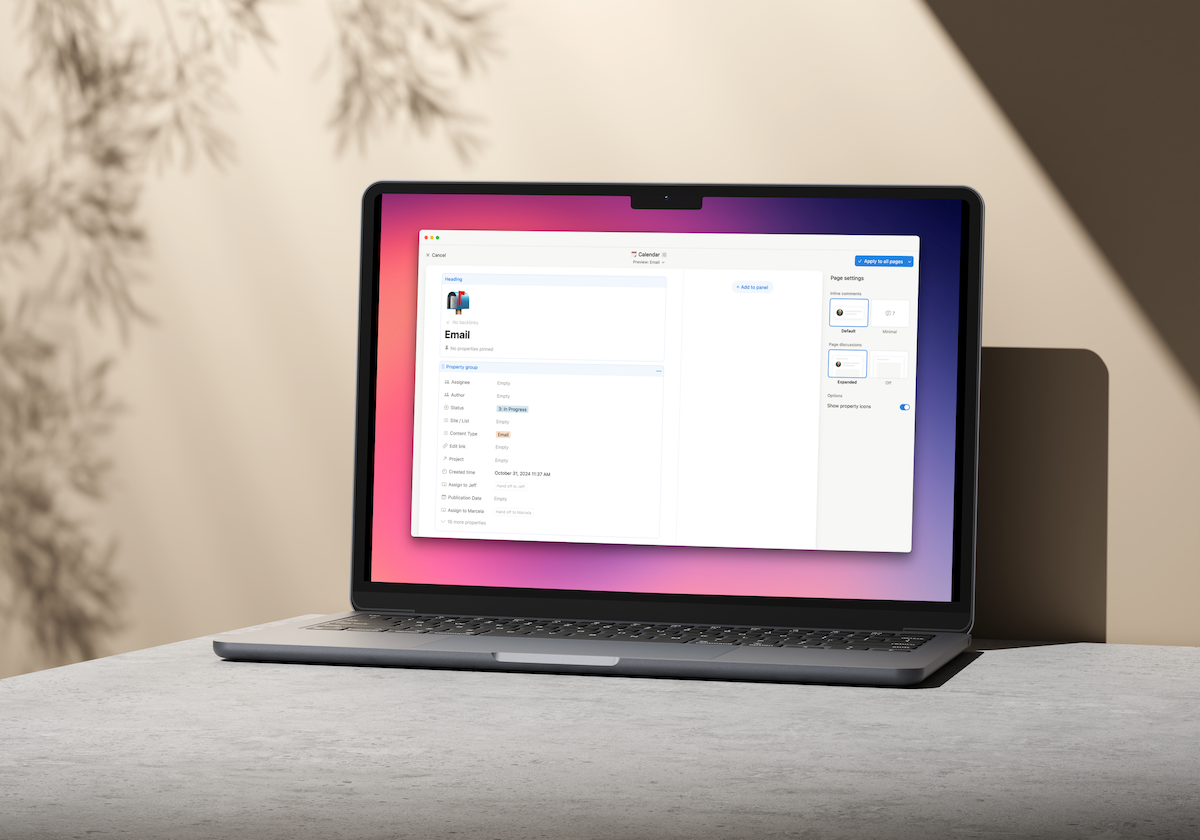






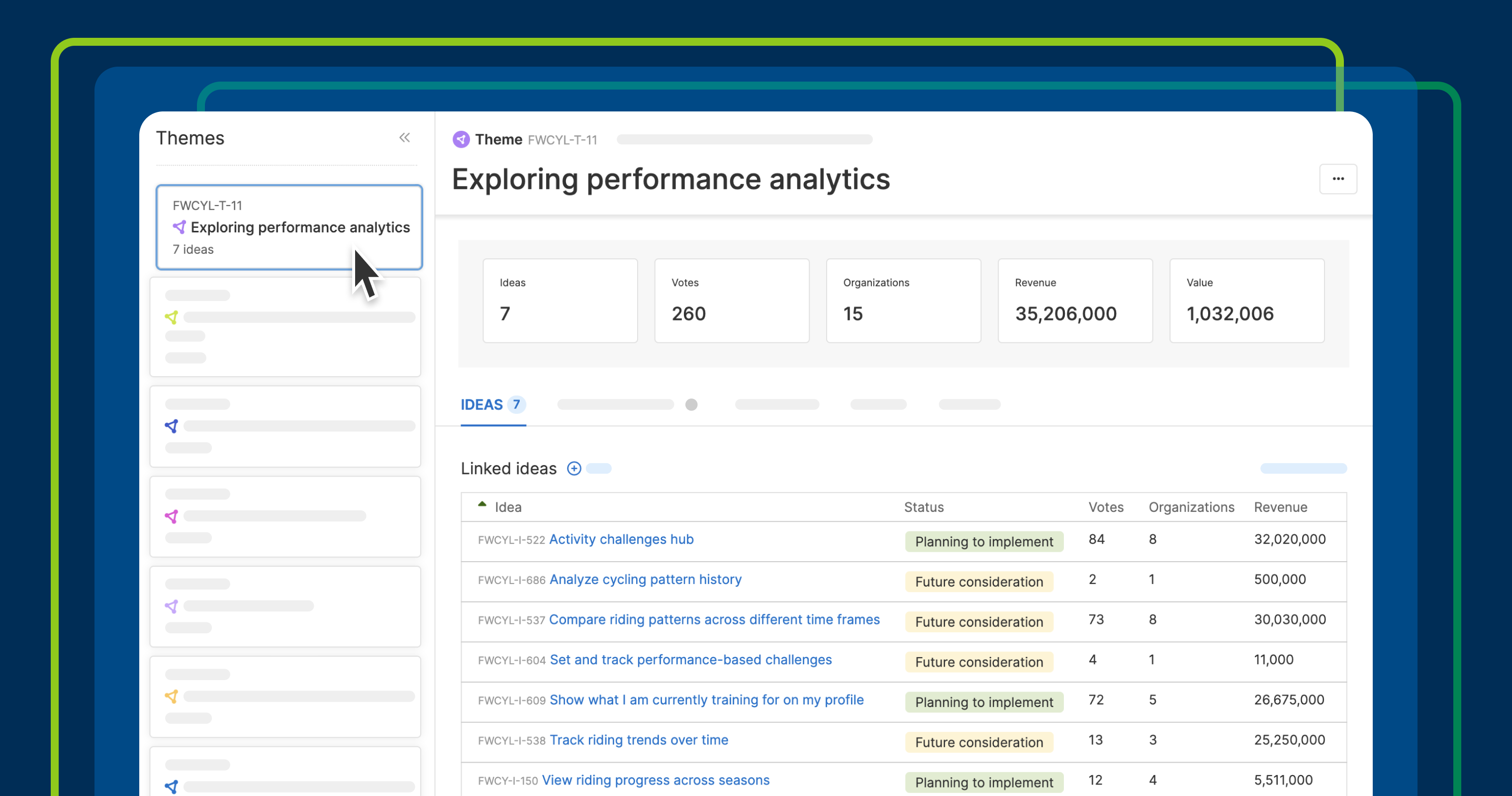







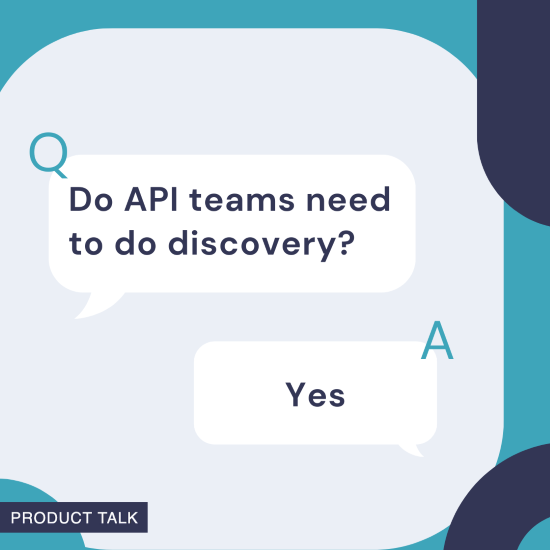
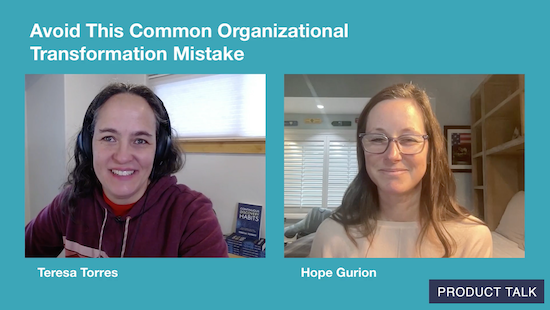
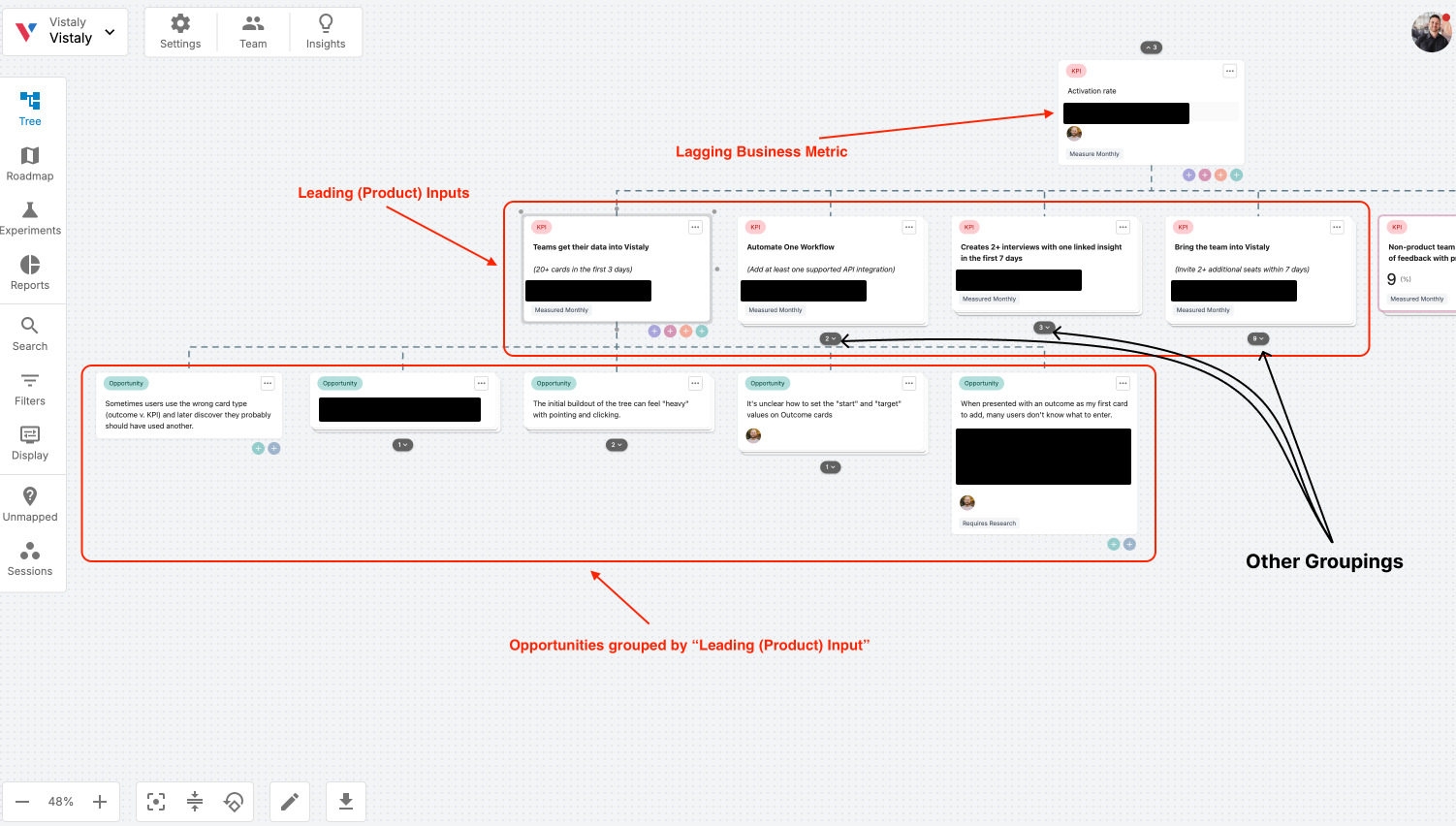
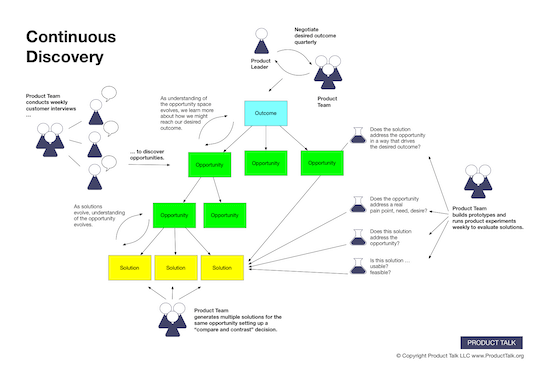











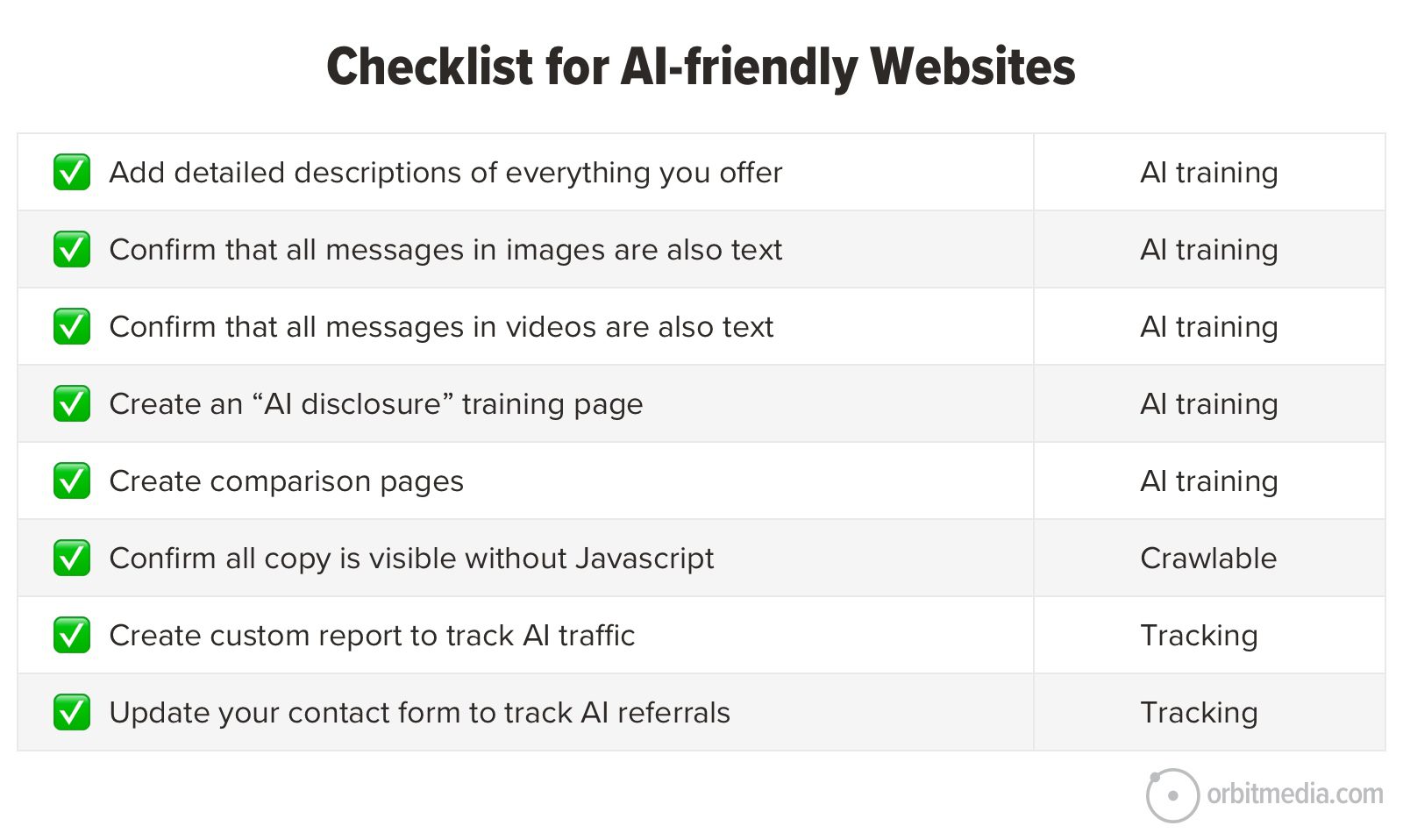



![Building A Digital PR Strategy: 10 Essential Steps for Beginners [With Examples]](https://buzzsumo.com/wp-content/uploads/2023/09/Building-A-Digital-PR-Strategy-10-Essential-Steps-for-Beginners-With-Examples-bblog-masthead.jpg)



![How One Brand Solved the Marketing Attribution Puzzle [Video]](https://contentmarketinginstitute.com/wp-content/uploads/2025/03/marketing-attribution-model-600x338.png?#)





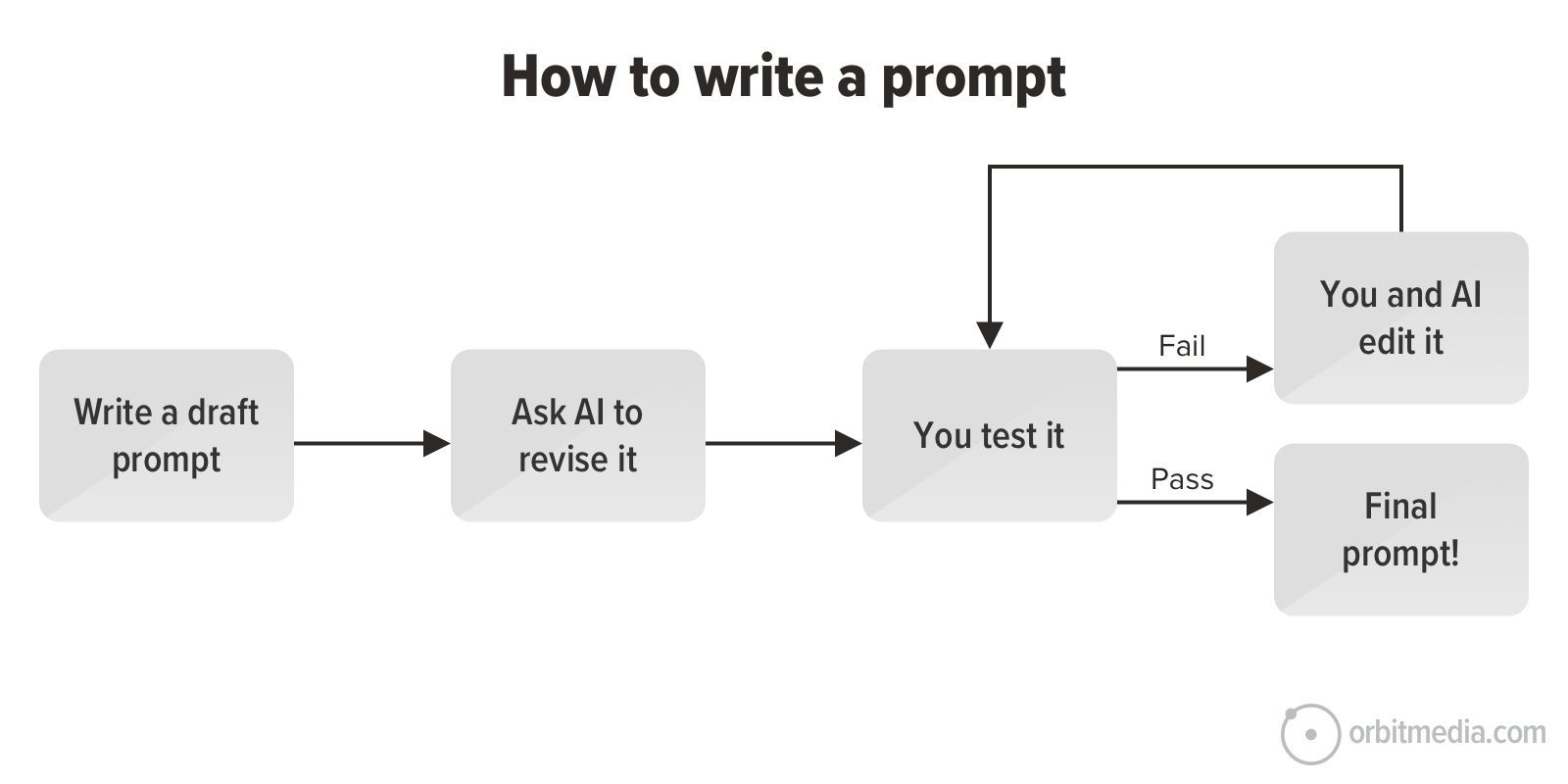
![How to Use GA4 to Track Social Media Traffic: 6 Questions, Answers and Insights [VIDEO]](https://www.orbitmedia.com/wp-content/uploads/2023/06/ab-testing.png)































